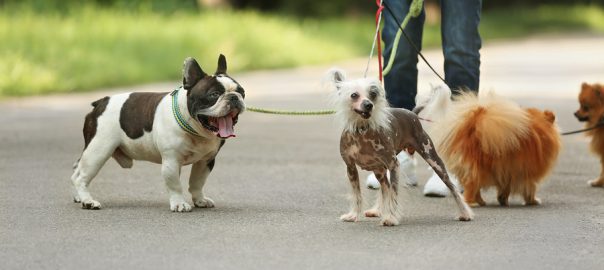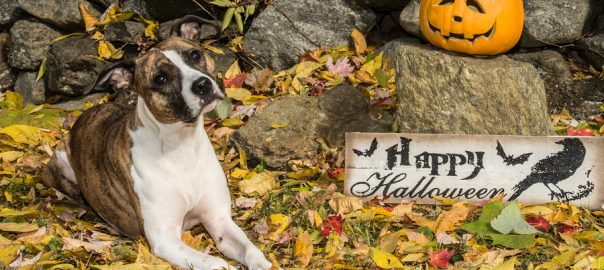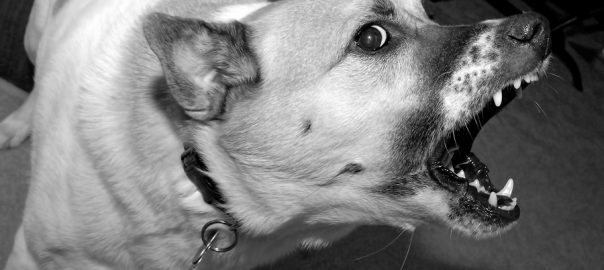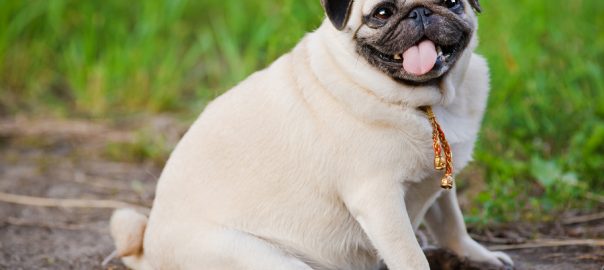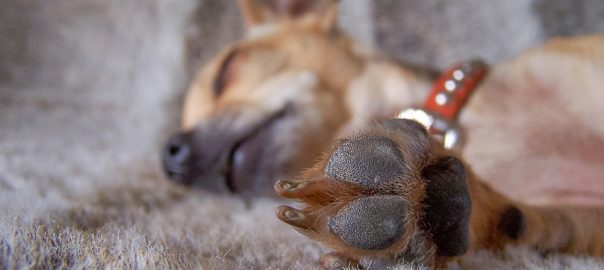I was with friends in my hometown of Bonners Ferry, Idaho, and we were standing on the porte-cochere of a local hotel’s restaurant. Coming directly at us on a retractable leash was a cute, energetic canine with curly black hair, weighing about 12 pounds. What stood out to me was not his physical appearance, but his emotions: He was clearly anxious and fearful.
He ran around on the end of the retractable leash, zigging and zagging like a marlin hooked off the Baja Peninsula. Like a blinking neon sign, he alternated between relaxing and returning to his anxious, fearful behavior. His owner was oblivious to his fear, anxiety and stress. All he needed was the comfort of a couple of pet lovers, right?
Wrong.
Both of my female friends moved straight for the pooch, leaned over him, stretched out their hands toward his head and with direct eye contact said, “Aren’t you a cute little doggy!”
The dog was in full-blown panic.
For decades, millions of pet lovers have done exactly the same. Taught by parents, grandparents, friends, neighbors and other animal lovers, they learned to show affection for a dog by leaning in, extending a friendly hand and locking eyes in loving contact. But in working with dozens of boarded animal behaviorists, behavior technicians and trainers, I’ve learned that all of that is wrong. All of it!
Here’s how you should greet a dog.
1. Ask. Before you do anything, get the owner’s permission to pet the dog. Not all dogs like meeting strangers.
2. Play hard to get. Don’t rush toward the dog. Move slowly, talk slowly, extend your closed fist slowly. Let the dog choose if he or she wants to interact with you. Debbie Martin, a veterinary technician specialist in behavior and co-author of the “Puppy Start Right” book and preschool curriculum, says: “Let the dog make the first move. Dogs have an incredible sense of smell, and they can smell us from across the street. We do not need to reach our hands into their personal space so they can smell us.”
3. Get small. Looming over a dog can make him feel threatened or fearful. Rather than greeting a dog full-on, as if you’re a store greeter ready to shake hands, turn your body sideways to reduce your profile, thus presenting a smaller perceived threat to the dog.
4. Extend a friendly fist. Once the dog has made the first move and is signaling interest in interacting with you, put out a closed fist down low, and let him make the approach. This is less threatening (and less annoying to the dog) than reaching out with the open palm of your hand and petting him on top of the head.
5. Eyes right. Your mom was right when she told you it was rude to stare. Dogs think it’s rude, too. Don’t make eye contact with a dog. That’s considered a threat in his world. You can glance at him, but let your peripheral vision guide you.
6. Don’t touch the head. Dogs have special places they like to be petted, but the head isn’t one of them. The top of the head is taboo. Along the top of the back isn’t so good, either. The best way to pet a dog is to lightly scratch along the side of the neck, side of the chest, or at the base of the tail.
7. What if a dog doesn’t want to approach you? That’s his business. Be content to admire him from a distance. He’ll appreciate it more than you can imagine.
Read this and more, including how to pick the right litter box for your cat and treating tear stains on white fur, in this week’s Pet Connection!
